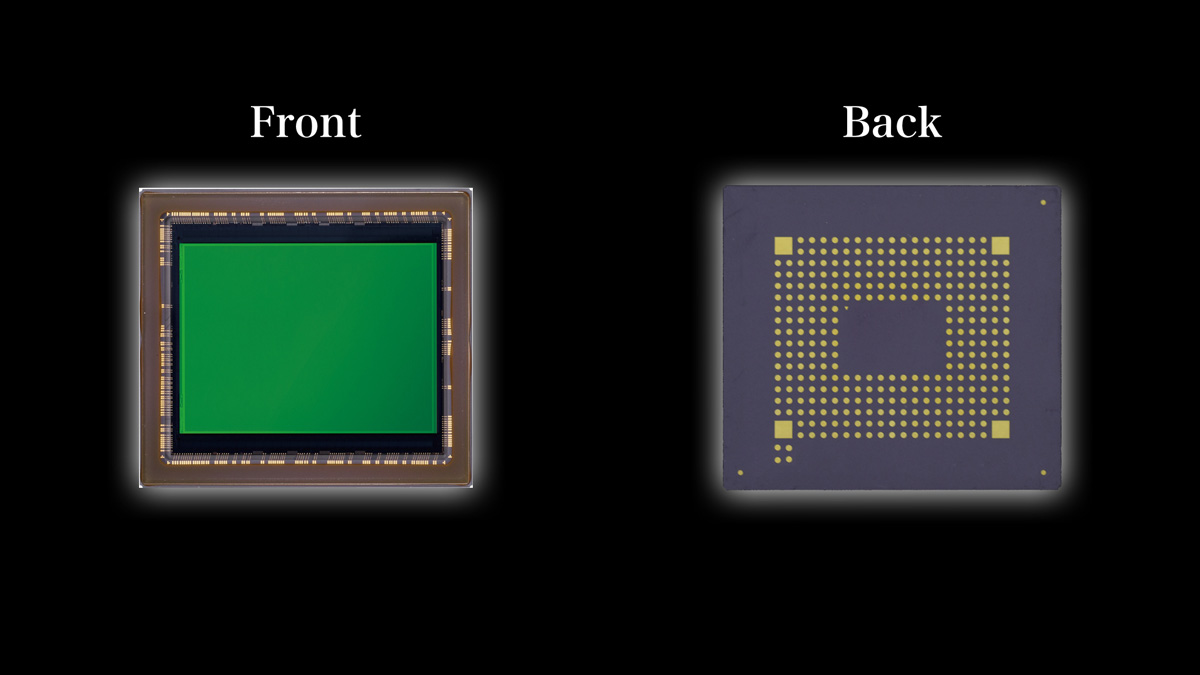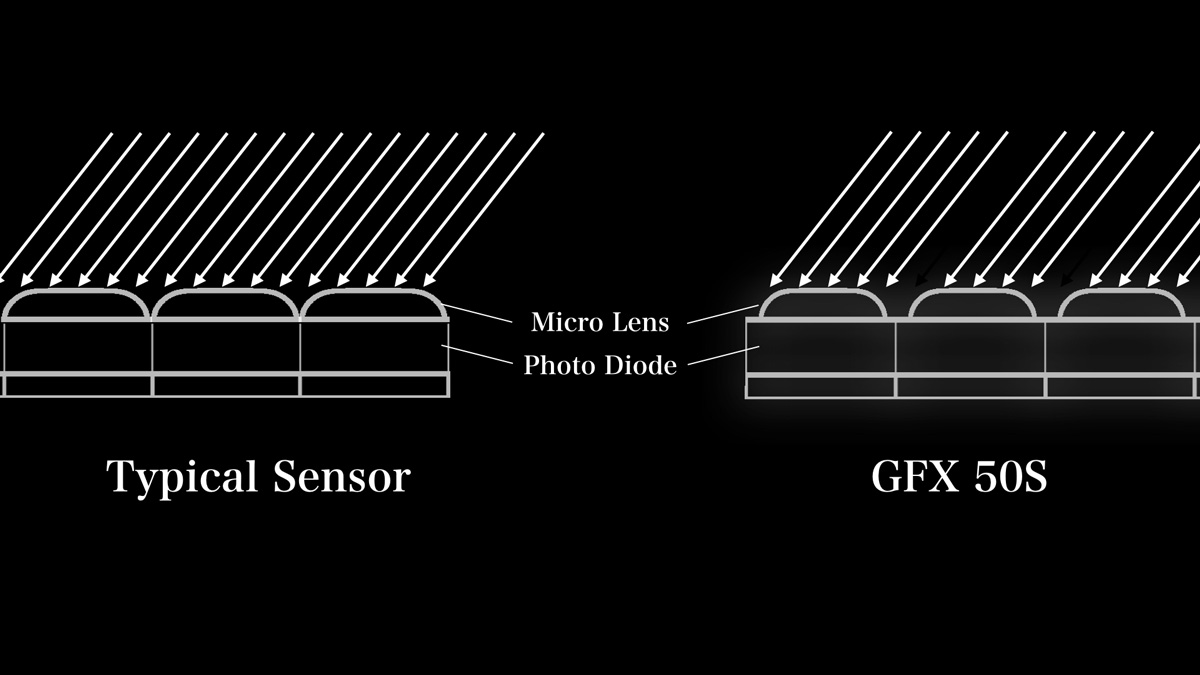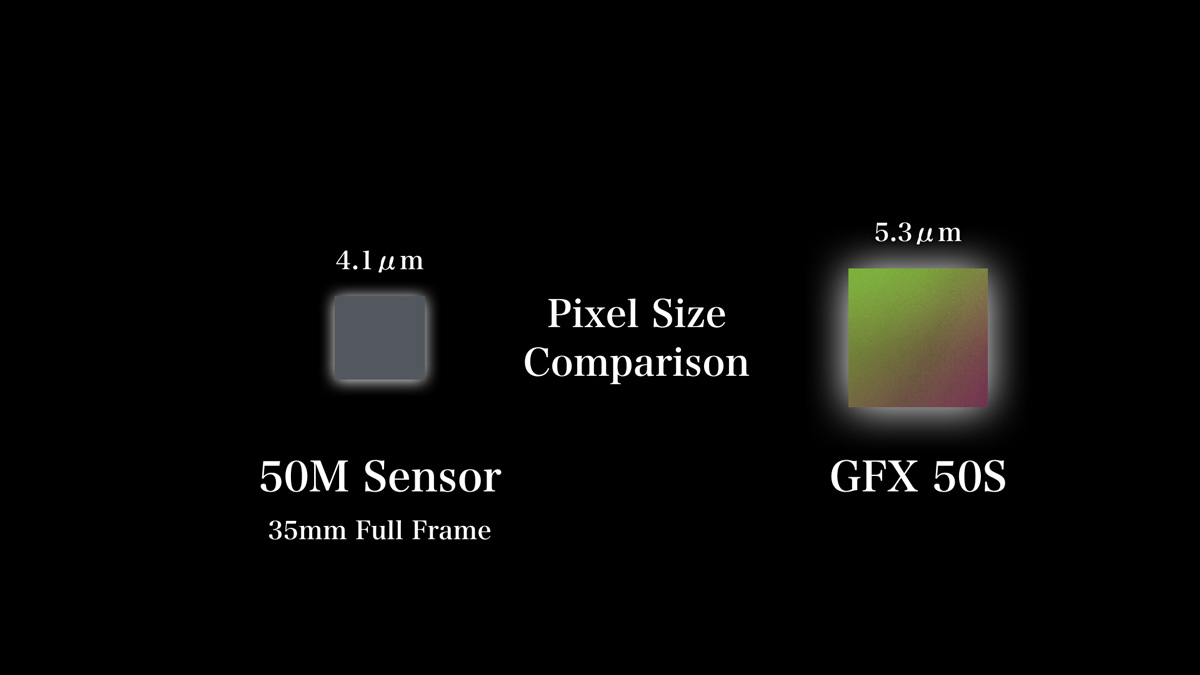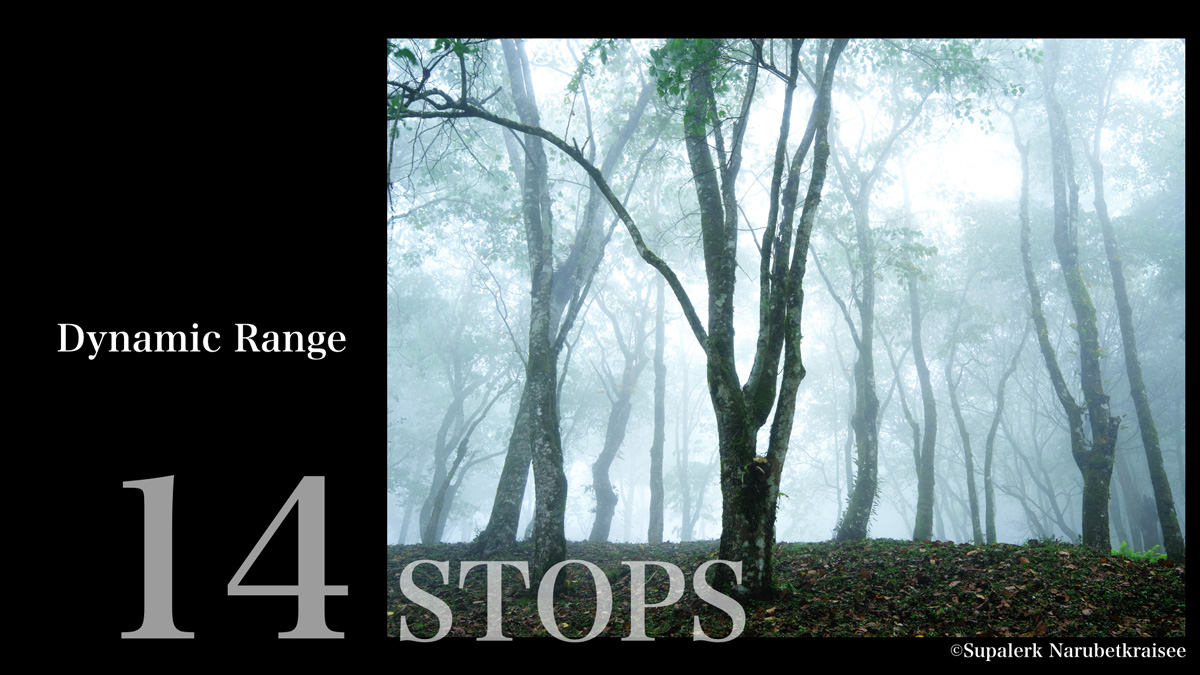
GFX Technologies #1
Finally, the FUJIFILM GFX 50S has been officially announced, and all of its specifications have been revealed. The camera has been a favorite topic for discussion for many professionals and enthusiasts around the world, exchanging insights that they learn every day. With this new “GFX Technologies” series of articles, we would like to provide more details on the new GFX system.
With this first episode of the series, we would like to talk about the sensor, which is at the core of the GFX system. Many people mistakenly believe that the sensor is just like any other sensor on the market, but this is not true. The sensor is customized for GFX and there are four reasons behind this decision. FUJIFILM would never use a conventional sensor to create the ultimate medium format mirrorless camera.
1. Compact Packaging
First, the shape of the sensor on the GFX 50S is different from other 43.8×32.9mm sized sensors. GFX 50S is relatively compact for a medium format camera. It probably is the smallest medium format camera with the shutter unit inside. In order to achieve this compactness, each part of the camera needs to be minimized in size.
Of course, the sensor itself has the surface size of 43.8×32.9mm, but the shape of the sensor unit is different for the GFX 50S. Typically the sensor is mounted to the silicon circuit with terminals placed on both sides of the sensor. But in the case of GFX, the sensor is mounted to the silicon circuit with the terminals placed on the back side of the sensor.
This allows not only the sensor unit, but also the silicon circuit to be smaller in size. You will see that the size of silicon circuit is actually smaller than the sensor for GFX 50S. Generally speaking, this is quite the opposite. The silicon circuit is usually bigger than the sensor.
2. Higher Resolution
The size is not the only reason for our customized sensor. It has been uniquely modified to achieve ultimate image quality, first and foremost.
There are many factors that contribute to image quality. In terms of the sensor, resolution is one big factor. The sensor comprises of a uniquely shaped micro-lenses. In order to effectively process the lights, the size of micro-lenses haven been reduced and more spaces have been created between each pixel. This is one reason why the images appear so sharp when taken by GFX even though the pixel counts are the same.
3. Extended Photic Saturation Point
You may wonder about the negative impact for sensitivity and S/N if the micro-lenses are smaller in size. There is no need for such concern. The pixel size is big enough to receive enough lights without making micro-lenses any bigger. This optimization is only possible for the medium format sensor. The pixel size of the GFX sensor is 5.3nm. This is actually 1.7x bigger when compared to 50MP 35mm format sensor.
Here is another way FUJIFILM achieves ultimate image quality. The GFX sensor goes through a special process in the manufacturing step. With the process, the photic saturation point of the sensor is extended and wider dynamic range is realized as a result. The dynamic range becomes 1/3 step wider. This wider dynamic range is a result of extended photic saturation point, so the images are 1/3 tougher against over-exposure.
This extended photic saturation becomes most effective when the sensitivity is set at ISO 100. This is why ISO 100 is highly recommended, unless you need to have the sensitivity higher.
4. Faster Autofocus
Lastly, there is the sensor readout speed. GFX 50S is mirrorless camera, meaning autofocus is conducted on the sensor. The camera is not equipped with the phase-detection pixels, but the autofocus speed is quite fast for a medium format camera nonetheless. One of the reasons for this is the increased sensor readout speed from 130fps to 200fps. Our sensor is customized so that faster readout is realized during autofocus. The speed is slower than DSLRs with dedicated phase detection autofocus, but it is much more accurate than that of the DSLR. The autofocus is conducted on the actual sensor. And GFX has resolution of 51.4MP. The autofocus of GFX achieves the optimal balance of accuracy and speed.
So, now you know the four secrets of the new GFX sensor.
You can certainly make use of the secrets to enhance your experience with the camera.


















































